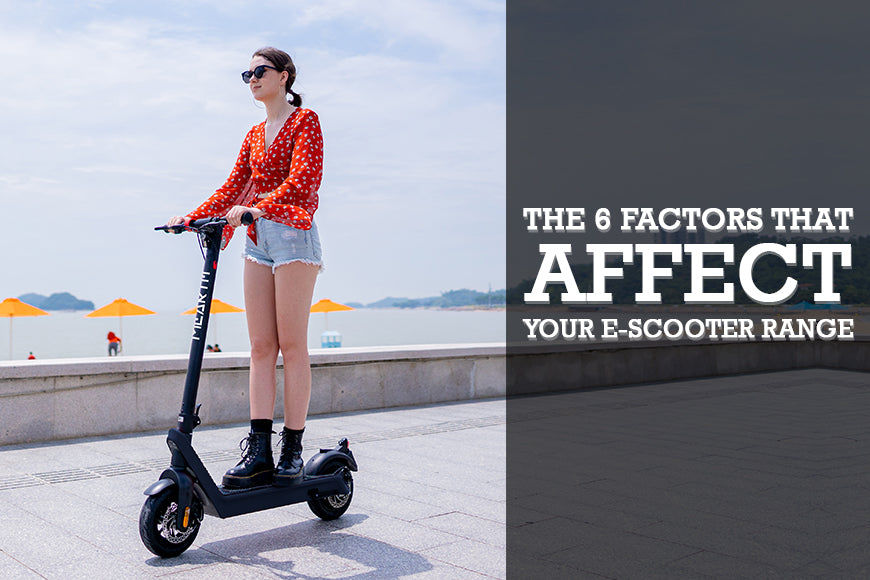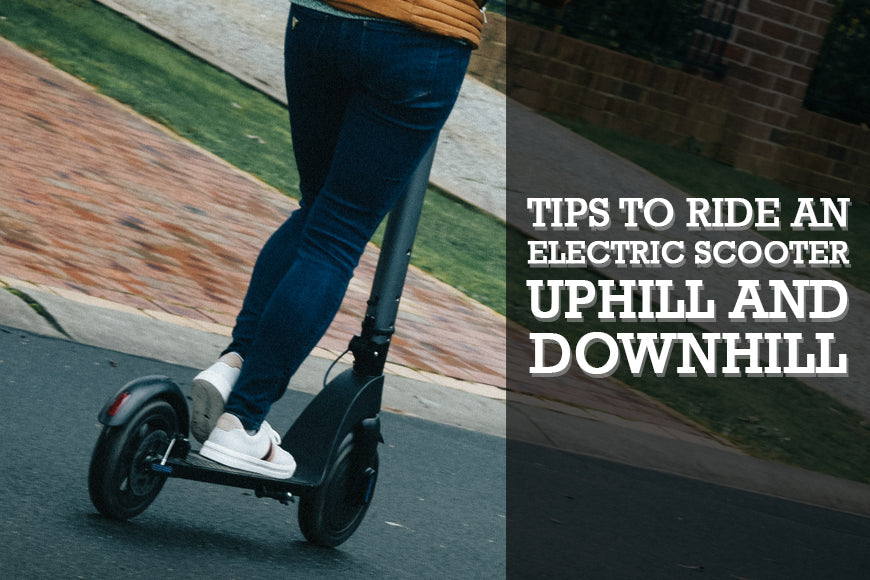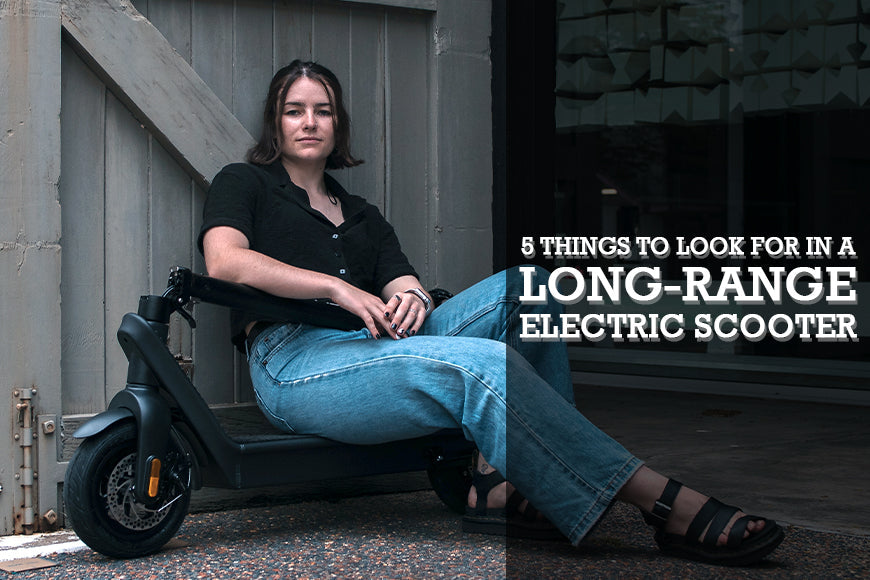
Before you buy an electric scooter online, you look at the range to see if an electric scooter is worth buying. After all, adult electric scooters take you from one place to another. Knowing how far you can go matters, especially if you plan to ride long routes. However, e-scooter owners and interested buyers should know that several factors affect your e-scooter range while riding.
Why Can’t I Get the Maximum Range from My E-scooter?
Some electric scooter riders complain about the maximum range of their e-scooters, saying that they can’t reach the maximum range it offers. The truth is that the maximum electric scooter range varies depending on several factors.
The maximum range stated by manufacturers is usually the range that you would achieve under ideal conditions. This means that you should be riding on a flat and smooth surface and at a constant speed.
So, are manufacturers cheating customers? No, definitely not. Manufacturers have to test the e-scooter in the best possible condition to know its maximum potential, and the test results are what they promote. Manufacturers often put a disclaimer to manage expectations. For example, when you check the Mearth RS range, Mearth has a disclaimer saying that the range was tested under specific lab conditions.
However, it doesn’t mean that you can't achieve the maximum e-scooter range. Instead, it can be difficult to achieve. In reality, there is no ideal condition on the road. Plus, it is difficult to replicate the lab conditions in the real-world environment. Moreover, several factors influence your e-scooter range.
Factors That Affect Your E-scooter Range
Speed / Acceleration
How fast you ride will influence the length of your trip. Accelerating will consume more power and deplete your battery faster. As a result, you can’t go far with your electric scooter. So, if you like riding at high speeds, it’s best to slow it down to maximise your e-scooter range.
Use eco mode to save power and battery by riding slowly and steadily. Some manufacturers also share the maximum range that you can get per speed mode. So, use this information to know which speed to use to get to your destination.
Battery Capacity
The battery is the power source of your electric scooter, and it is the most important factor that will affect your e-scooter range. Most budget or commuter electric scooters will have 250Wh to 300Wh batteries, while premium or high-performance e-scooters have a battery with 2000Wh and above.
Notice how long range electric scooters have a higher battery capacity than most e-scooters. That’s why if you want to ride longer distances, choose an electric scooter with a higher battery capacity.
Temperature
Some riders may not be aware that temperature can deplete an e-scooter’s battery life and result in a shorter range. Knowing the right temperature for your electric scooter will help protect its battery life.
The optimum operating temperature for electric scooters is around 20℃. This is the best temperature to maximise the e-scooter’s battery capacity and lifespan. To simplify, make sure that the environment is neither hot nor too cold for the electric scooter. Learn more about how cold weather affects your electric scooter battery.
Tyre Pressure
Car owners know that under-inflated tyres cause reduced fuel economy. That’s because tyres with very low pressure deform the wheels and create more contact surface between the wheel and the ground, causing more friction.
Although there’s no research yet on tyre pressure’s effects for e-scooters, you can infer that the same theory applies to e-scooters with pneumatic tyres. To avoid under or over-pressurising your electric scooter tyres, make sure to maintain the optimum tyre pressure as indicated by the manufacturer.
Rider Weight
Another factor that could reduce or increase the range of your electric scooter is your weight. The heavier the rider weight, the more power it exerts and the more battery life it consumes. Check your e-scooter’s maximum load, and try to minimise your total weight when riding by bringing light items or bags.
If you’re a heavy person, choose an electric scooter with at least a 10 kg difference between your weight and the maximum load. After all, your bags and other items also count as rider weight.
Terrain
Lastly, the terrain or the environment has a great effect on your electric scooter range. For example, uphill rides will use more power for the e-scooter as it tries its best to push you forward. If your electric scooter isn’t built for hill climbing, it will take more power and battery life out of your e-scooter.
The same is true when riding rough roads. To avoid depleting your battery and maintain a good range, find a flat alternative route, or use an electric scooter that offers more power, battery capacity, and hill-climbing ability, like the Mearth GTS Series.
Keep these factors in mind when choosing an electric scooter or riding your unit. Knowing these factors will help you maximise your range, especially when you need it most. Also, the tips above can help care for your e-scooter and lengthen its lifespan.
Meanwhile, if you want to get the most from your e-scooter, here’s how you can get more mileage from your electric scooter battery.
For more electric scooter guides, check out Mearth’s blogs.




Leave a comment
This site is protected by hCaptcha and the hCaptcha Privacy Policy and Terms of Service apply.